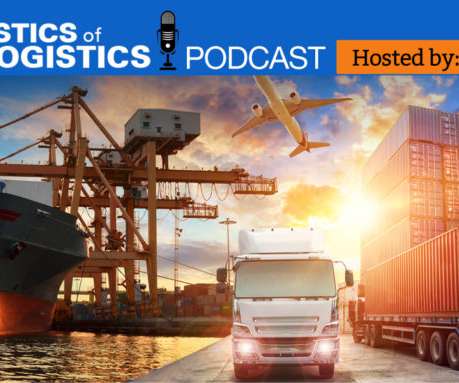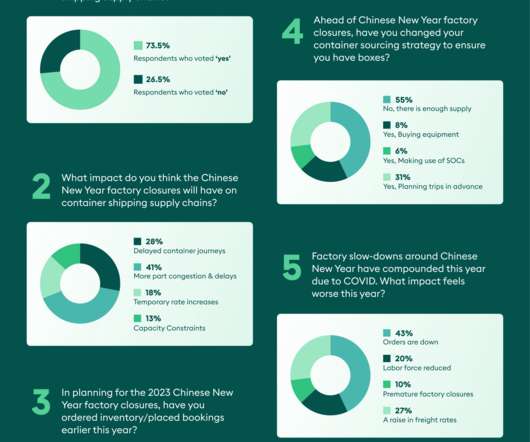How Can Supply Chain Leaders Use Big Data as a Tool to Continuously Improve?
GlobalTranz
NOVEMBER 17, 2016
Supply chain leaders are enthralled with the idea of using big data, but they tend to fail to understand how to disseminate big data in their organization properly. True, they may know how to roll out big data in a single warehouse, or they may have heard their competitors used branded systems for implementing this new technology.







































Let's personalize your content